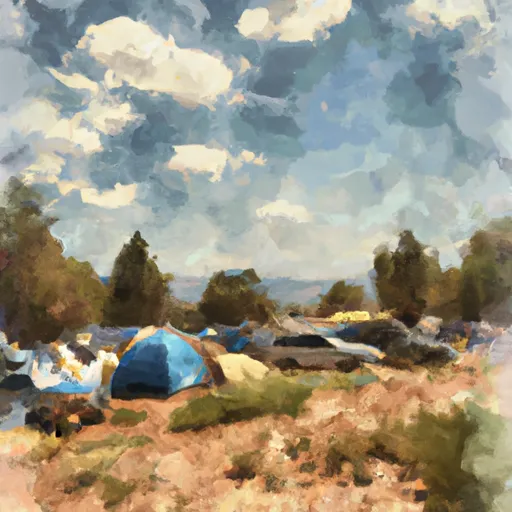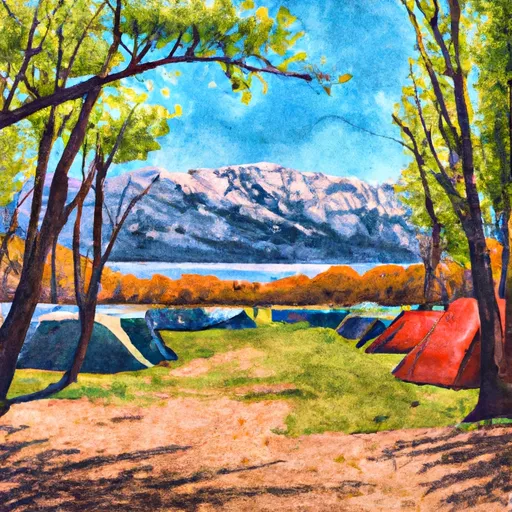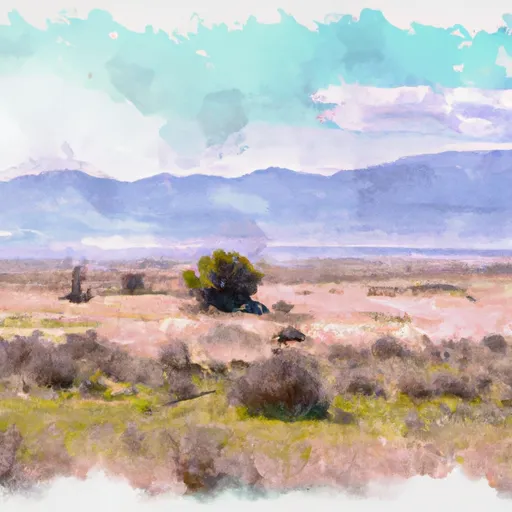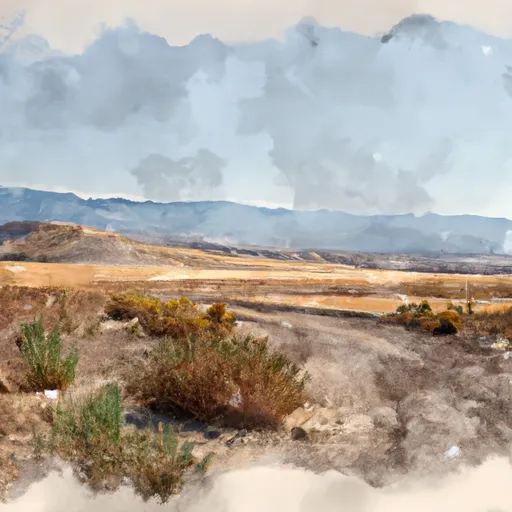Summary
The reservoir is home to a variety of fish species including largemouth bass, rainbow trout, bluegill, and crappie. Anglers can use a variety of techniques including fly fishing, baitcasting, and spinning to catch these fish.
There are also plenty of nearby activities to enjoy including hiking, camping, and bird watching. The reservoir is located in a beautiful natural setting surrounded by mountains and forests.
Fishing tips for the Shingle Mill Reservoir include using small lures or flies for the trout and bass, and using live bait for the panfish. Anglers should also look for structure in the water such as weed beds, submerged logs, and drop-offs as these are likely areas where fish will congregate.
The best time of year to visit the Shingle Mill Reservoir for fishing is during the spring and fall months when the water is cooler and the fish are more active. The average temperature during these times is around 60-70 degrees Fahrenheit. Summer months can be hot, with temperatures reaching into the 90s, so anglers should plan for early morning or evening fishing sessions to avoid the heat. Overall, the Shingle Mill Reservoir offers a great fishing experience with plenty of opportunities to catch a variety of fish species in a beautiful natural setting.
Weather Forecast
Nearby Streamflow Levels
Angling Safety Guidelines
Check local fishing rules, seasons, size limits, and license requirements to ensure legal and sustainable angling.
Handle Fish Responsibly
Use wet hands, minimize air exposure, and release fish gently to improve survival rates when practicing catch-and-release.
Choose the Right Gear
Match your rod, line, and tackle to the species and conditions to increase success and reduce unnecessary harm to fish.
Respect the Waterway
Avoid disturbing habitat, prevent bank erosion, and keep a safe distance from spawning areas to protect ecosystems.
Keep It Clean
Pack out all line, hooks, bait containers, and trash—discarded gear can injure wildlife and degrade waterways.
Related Links
Area Campgrounds
| Location | Reservations | Toilets |
|---|---|---|
 Twelve Mile Flat
Twelve Mile Flat
|
||
 Twelve Mile Flat Campground
Twelve Mile Flat Campground
|
||
 Indian Creek Guard Station
Indian Creek Guard Station
|
||
 Ferron Reservoir Campground
Ferron Reservoir Campground
|
||
 Ferron Reservoir
Ferron Reservoir
|
||
 Twin Lake Campground
Twin Lake Campground
|

 Deep Lake
Deep Lake
 Emerald Lake
Emerald Lake
 Emery Reservoir
Emery Reservoir
 Blue Lake - Ferron
Blue Lake - Ferron
 Ferron Reservoir
Ferron Reservoir






 Shingle Mill
Shingle Mill
 State Wildlife Area Mayfield
State Wildlife Area Mayfield
 State Wildlife Area 6-Mile
State Wildlife Area 6-Mile
 Palisade State Park
Palisade State Park
 Mainti Face State Wildlife Area
Mainti Face State Wildlife Area